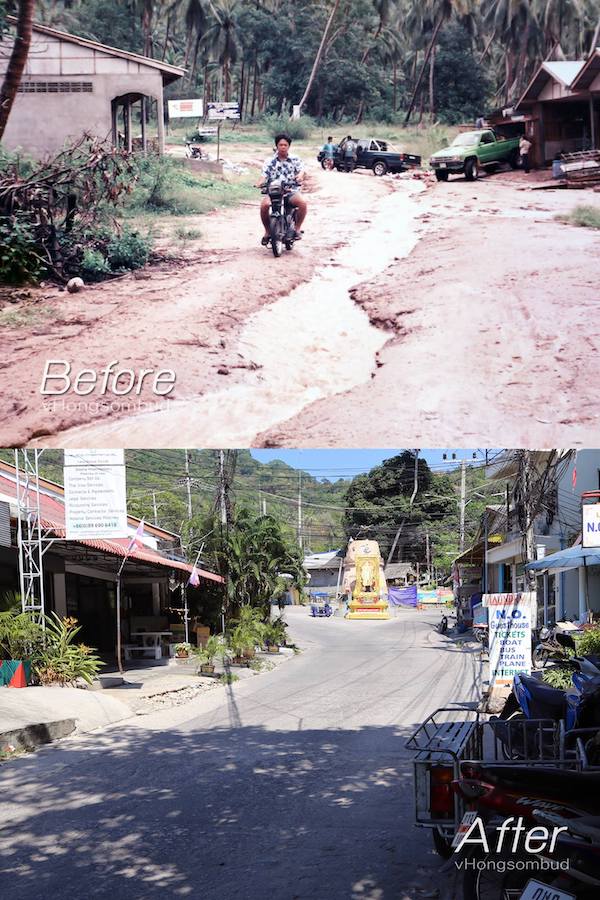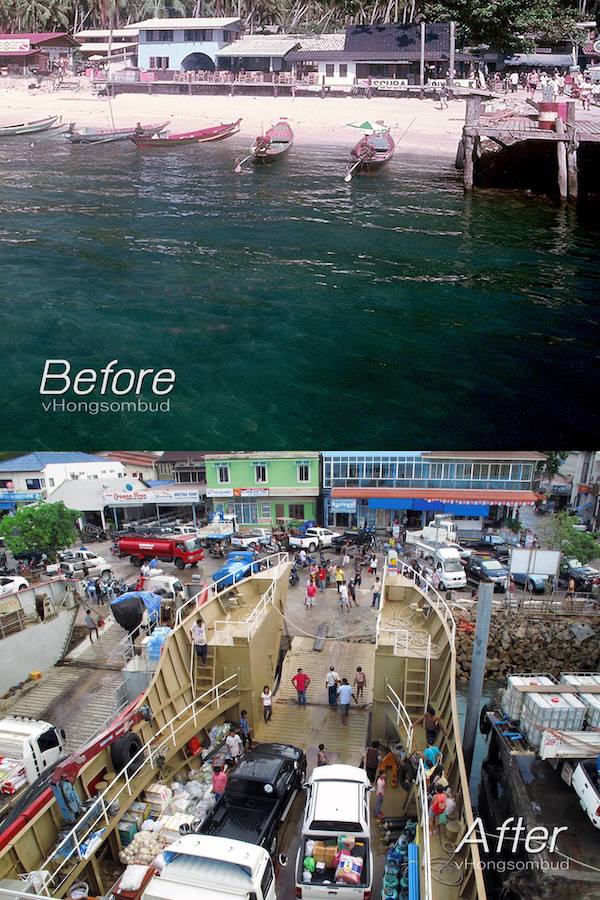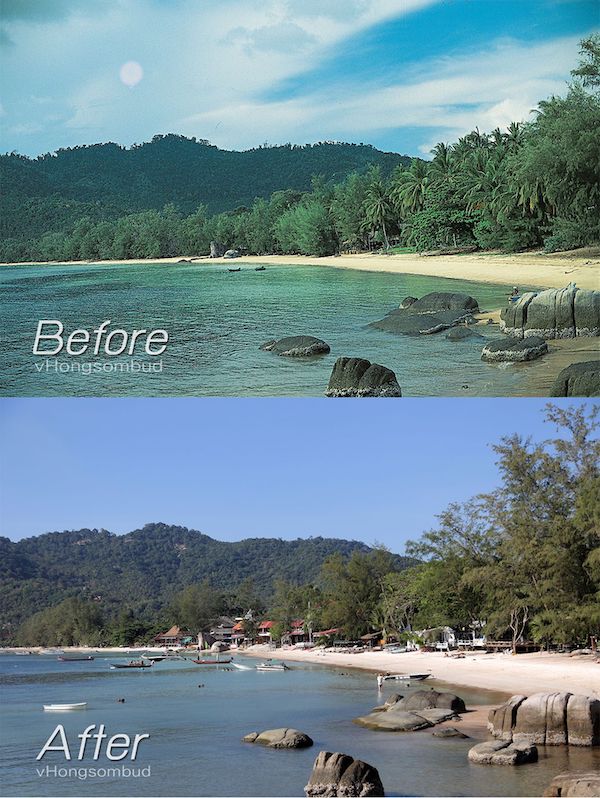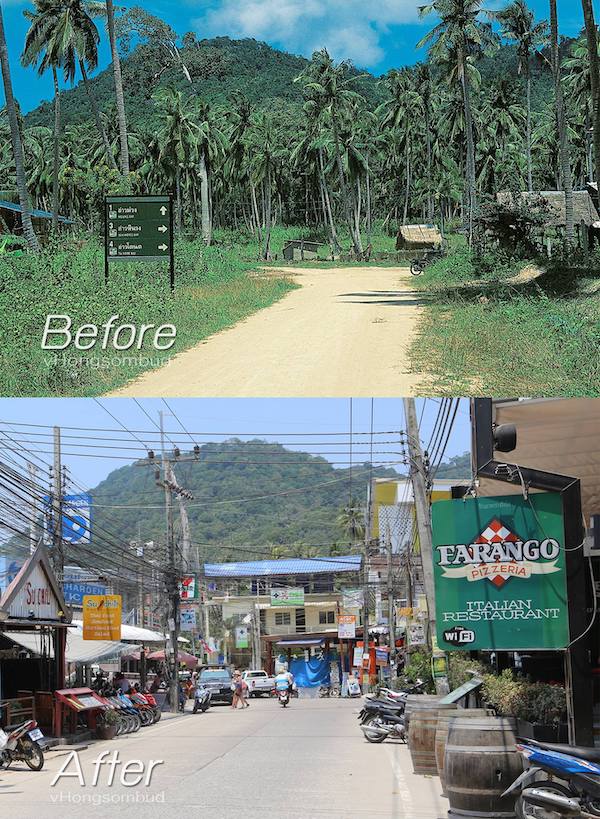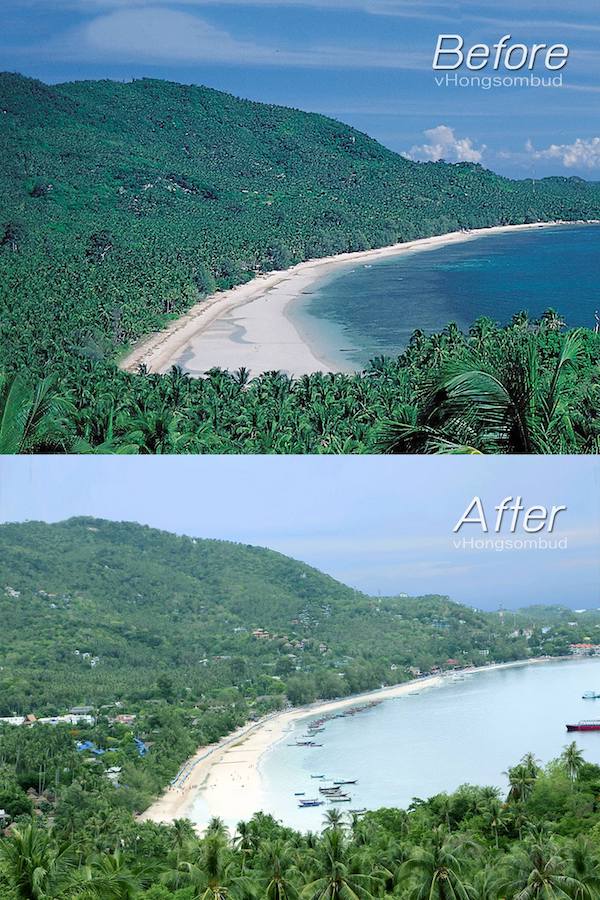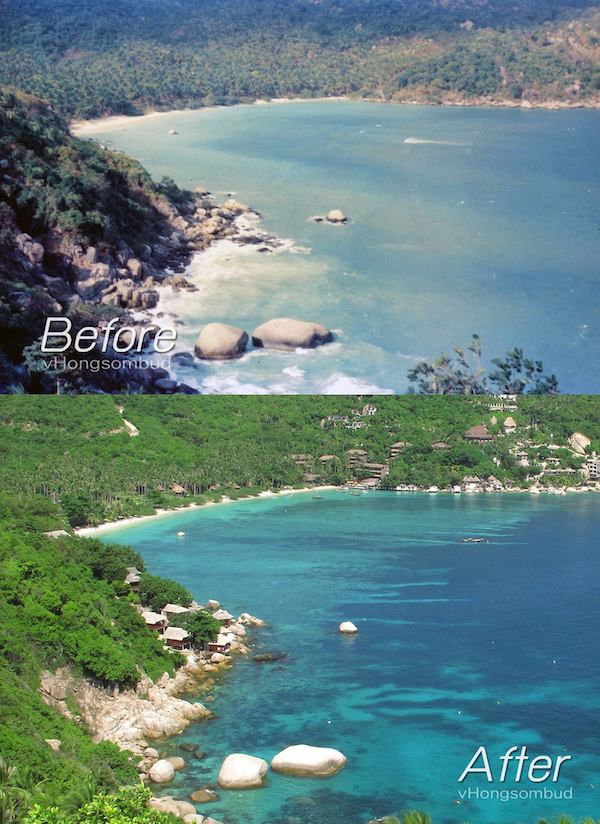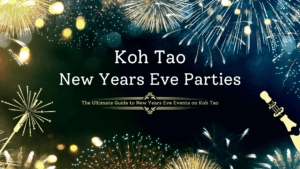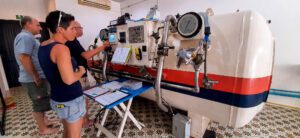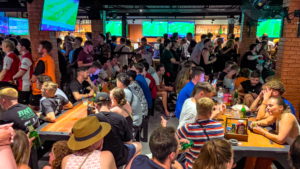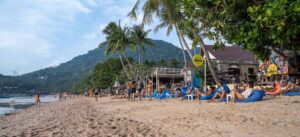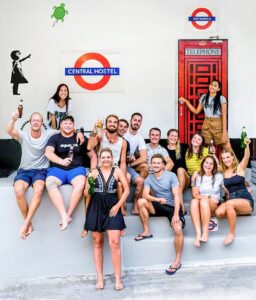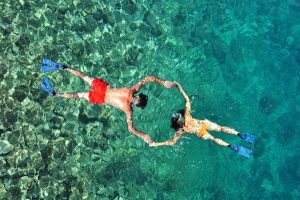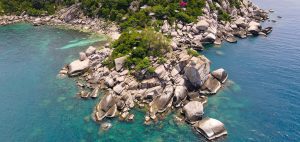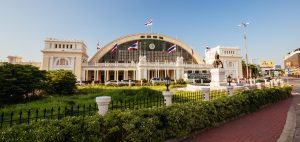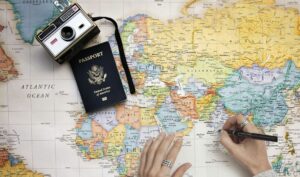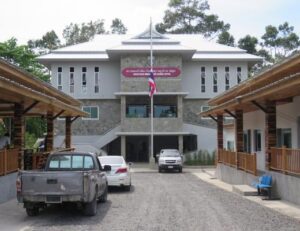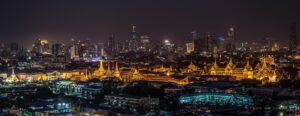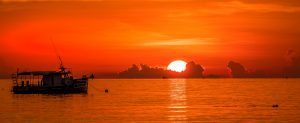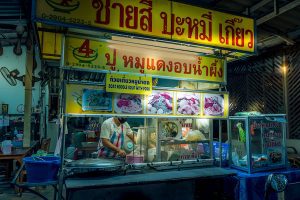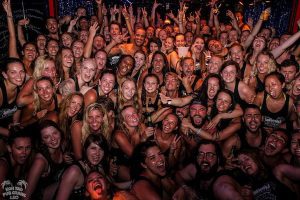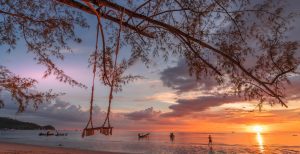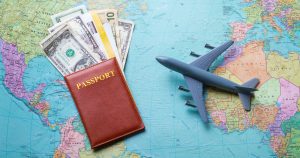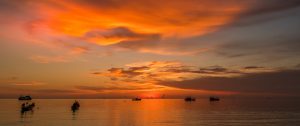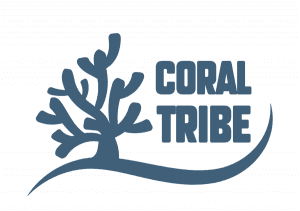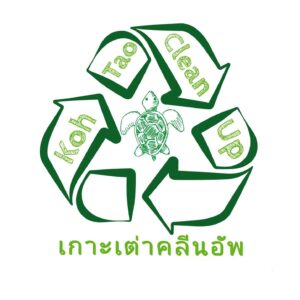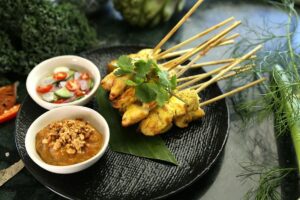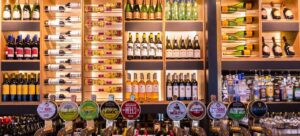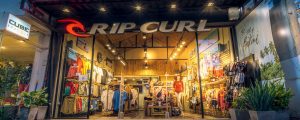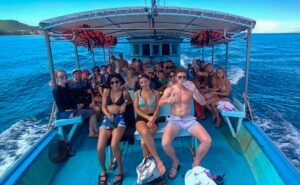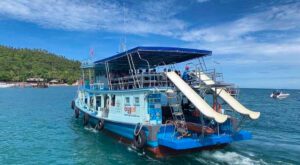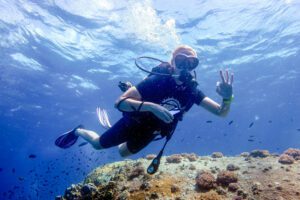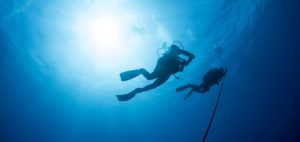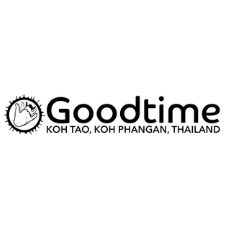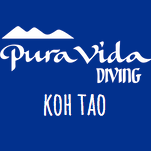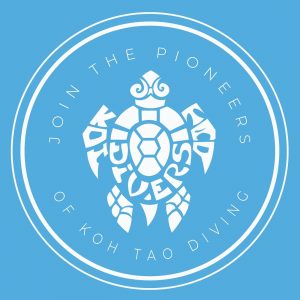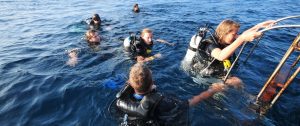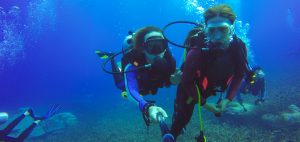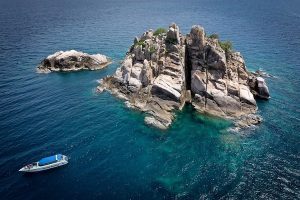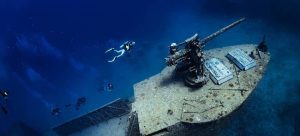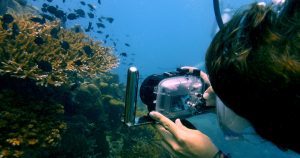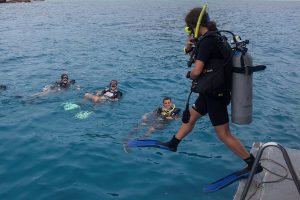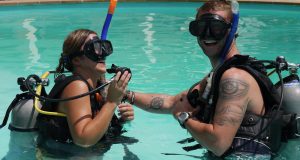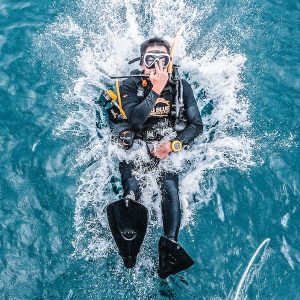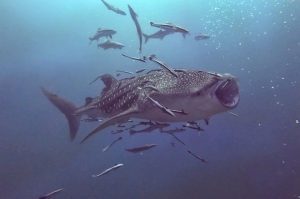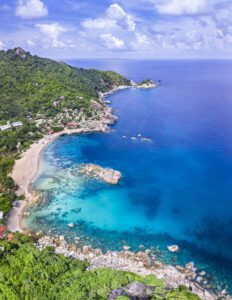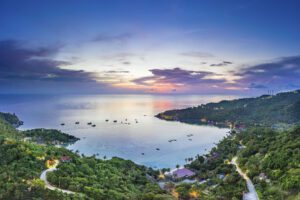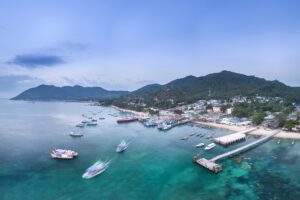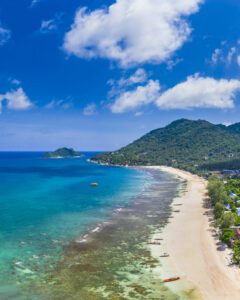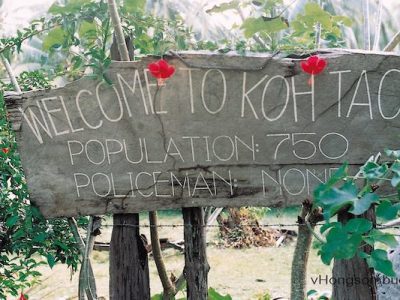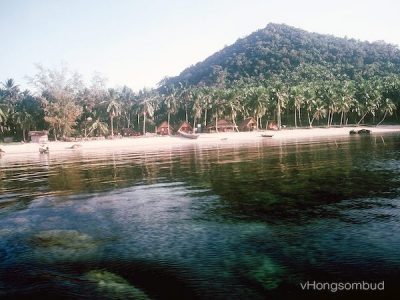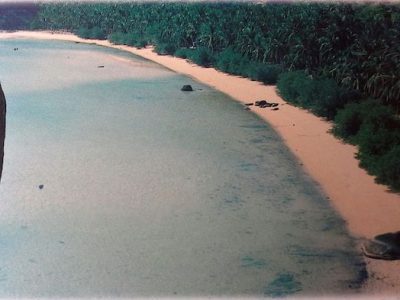Koh Tao History
Koh Tao history is rich and fascinating, but despite many locals being happy to tell stories of old. Much of the island’s past remains unknown to many visitors…
The 1800s
Koh Tao was first noted on maps in the 1820s, although at the time its name was Bardia or Pulo Bardia. The adjacent islands of Koh Phangan and Koh Samui were formerly referred to as Sancory and Carnom/Pulo Carnom, respectively.
While still largely uninhabited save for a few overnight stays by drifting fishermen. In June 1899, His Majesty King Chulalongkorn (Rama V) paid a visit to Koh Tao. The king’s initials were carved into Jor Por Ror rock at the southern end of Sairee Beach. This site became known as Rama V Rock. This was a pivotal and important point in Koh Tao history. To this day Rama Rock remains an important site of worship for local and visiting Thais alike.
The 1900s
In 1943 Koh Tao was used as a political prison. It housed those who were part of an uprising on Koh Tarutao. Life was difficult, food was scarce, and many prisoners contracted Malaria. In 1944, all detainees were set free and went back to the mainland, resulting in Koh Tao becoming uninhabited once more.
Shortly after, Koh Tao saw its first permanent inhabitants start to settle. The first settlers were fishermen and families from neighbouring islands. They lived simply by fishing and cultivating the land for coconut trees and vegetables. During that period, it is mentioned that numerous turtles inhabited the island, making their way onto the beaches to nest and lay eggs. Koh Tao means ‘Turtle Island in Thai. Many scholars of Koh Tao history believe this is the reason the island was given its name.
In the 1970s the first tourists started to arrive, although there were no ferry services available. Visitors had to hitch a ride on fishing trawlers and cargo boats. Despite its accessibility issues, both the local and tourist population grew steadily throughout the ’80s, and by the ‘90s there were commercial ferries, a range of local shops and services, and a few scuba diving centres had opened up on the island. By the mid 90s Koh Tao had firmly established itself as Thailand’s leading scuba diving destination. It remains popular among travellers looking for a real rustic island vibe and a simple, relaxed environment.
The 2000’s
As time went on the island continued to develop, and soon there were many more dive centres, 24-hour electricity, and more diverse offerings in terms of accommodation, activities, and services.
Transitioning from the historical overview of Koh Tao, let’s skip ahead to the present day, where the island continues to exude its delightful tropical atmosphere. However, there is now a great deal more choice when it comes to accommodation, services, and facilities. While classic wooden beach bungalows remain available, there is now a diverse range of accommodation options, including hotels, hostels, and villas. There is also much more choice when it comes to adventures and activities. No longer just an island for scuba diving courses. Koh Tao is also popular for snorkel trips, freediving, rock climbing and bouldering, yoga, cooking courses, fishing trips, hiking tours, and many more activities!
Island Travel would like to credit and thank Khun Visid Hongsombud for allowing us to use his amazing Koh tao history pictures, kap kun krub.
